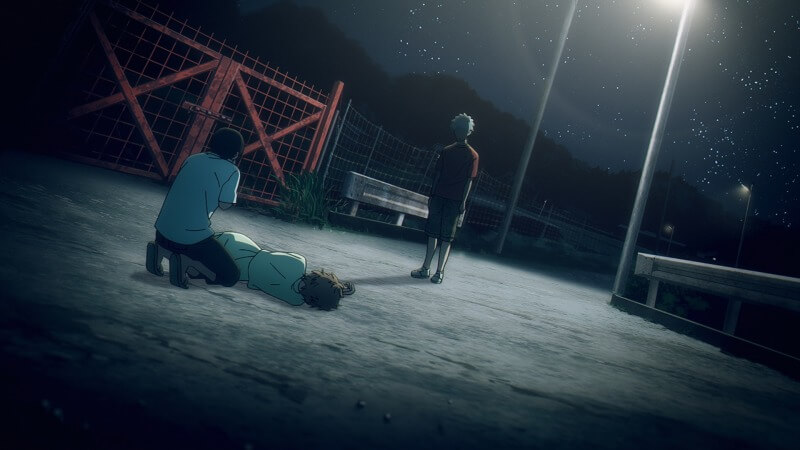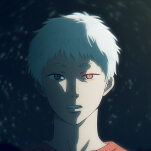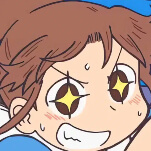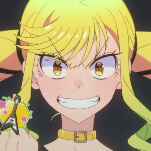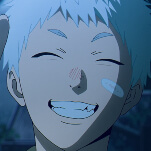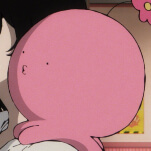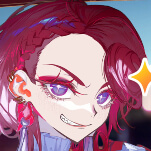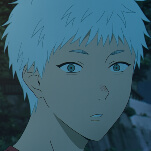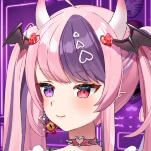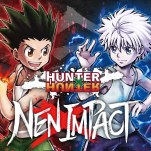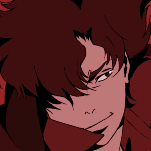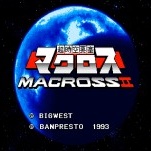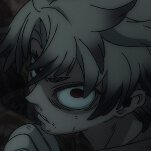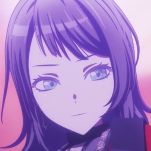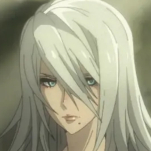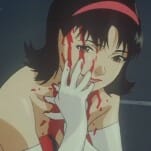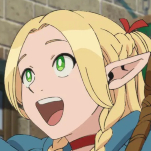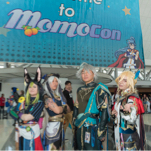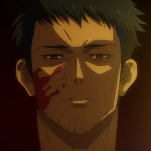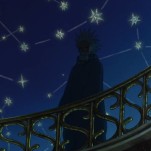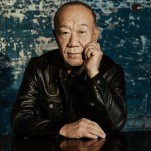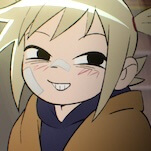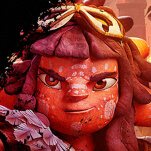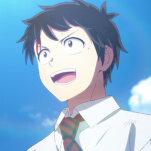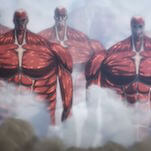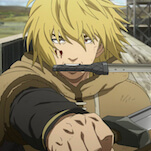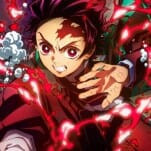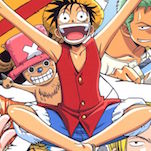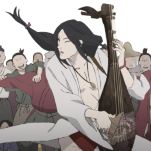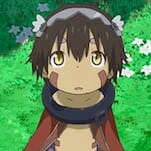The Summer Hikaru Died Episode 6: What’s More Complicated, Supernatural Entities Beyond Mortal Understanding Or Teen Romance?
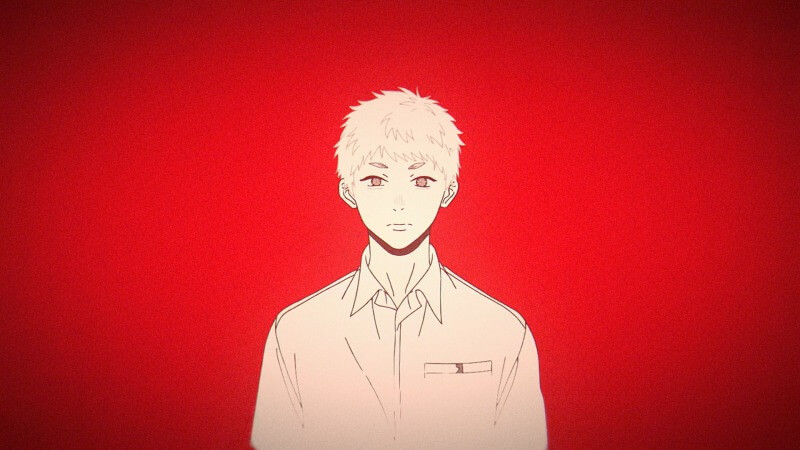
While The Summer Hikaru Died has always hinted at the philosophical implications of Hikaru 2.0 essentially being a copy of the original, the opening of Episode 6, “Asako,” deals with this conundrum head-on. In the beginning scene, Yoshiki, Asako, and our resident meathead Yuuta discuss the “Swampman Thought Experiment,” which is inspired by Donald Davidson’s dilemma of the same name.
The show’s version is as follows: if a person were to drown in a swamp at the exact time a creature emerged that had their identical appearance and memories, would this second being be the same person as the first? Yuuta immediately says they wouldn’t, with little justification, because he takes naps during philosophy class. Asako points out how all living beings are defined by a Ship of Theseus situation regarding how our cells are constantly dying and being replaced by new ones, leaving us technically “different” than we were before, even though we’re considered the same person. Then, Asako also points out that because we can’t read others’ minds, we can ultimately only judge others based on their outside qualities, meaning that this evaluation is more subjective: to those who don’t know the truth, Swampman is the original.
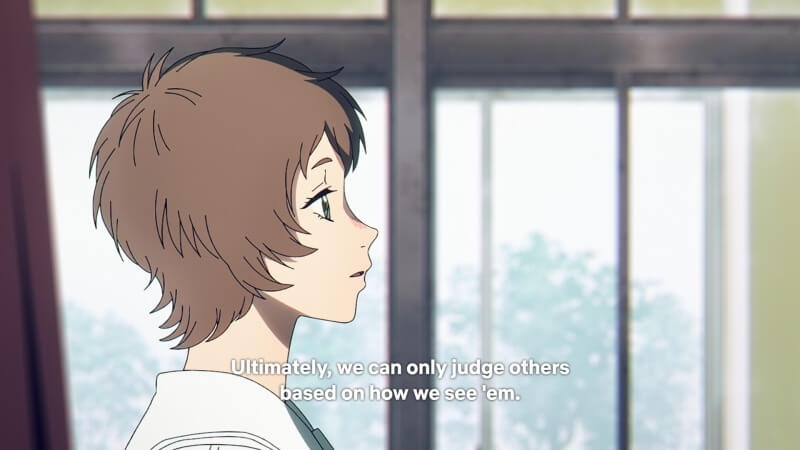
Of course, the reason Yoshiki was so interested in the experiment is that the situation mirrors Hikaru’s. Specifically, this last point made by Asako alludes to how, for everyone besides Yoshiki, Hikaru is still alive. While the series has been gesturing at thought-provoking questions of what defines the “self” from the beginning, this philosophical inquiry directly broaches the subject, encouraging us and Yoshiki to think about the potential differences between the new Hikaru and the original in ways that come to bear later in the episode. Meanwhile, flashbacks to Hikaru’s dead body and close-cropped shots of Yoshiki’s eyes hidden under bangs clue us in that, despite all the progress he’s made with his eldritch boyfriend, our protagonist still has complicated feelings about the circumstances he finds himself in. And beyond this, the sequence also reiterates how Asako is an introspective character who is willing to think through things for herself before rushing to judgment.
From here, these teens pivot from deep discussion to their plans for the weekend, as teens tend to do. Hikaru’s house is chosen as the destination, but Yoshiki seems bothered by the dangers this could bring. He doesn’t object, though, maybe because he is trying to trust Hikaru, or maybe because he can’t think of a good way to warn everyone without letting his friend’s secret slip.
After these heavier ruminations on the nature of self and identity, the episode smoothly switches into hangout mode, something bolstered by CygamesPictures’ continuously impressive animation; we get a first-person shot of Hikaru holding a sparkler that perfectly captures the vibe of an understated but unforgettable summer night lit by questionably produced fireworks.
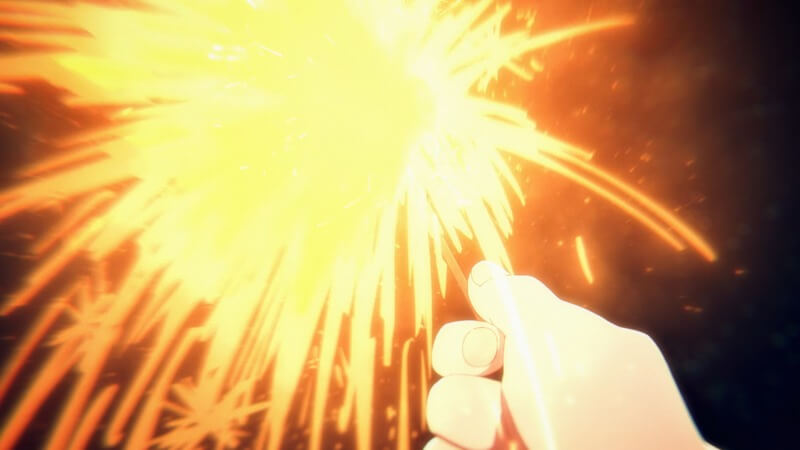
There’s Hikaru’s child-like amazement at pyrotechnics, Yoshiki’s content smile while looking on at his friend, and the ever-thoughtful Asako snapping photos that convey nostalgia and the impermanence of this moment (while also only ever capturing Hikaru’s face as a blur, potentially tying into the fact that the others don’t truly “know” him). One of the cutest parts comes as Asako contentedly watches her bestie Rie continue to hit it off with Yuuta (conveyed through her smacking him upside the head)—again, it comes across so well thanks to the great animation, which captures the subtlety of her facial expressions
But of course, this happiness doesn’t last; would this really be The Summer Hikaru Died if there weren’t three or four major tone switches in an episode? As Asako opts to go with Hikaru to pick up a new lighter for their fireworks, it almost seems like she’s about to confess romantic feelings to him before things take a sudden turn: she knows that this isn’t the same Hikaru as before.
Flashback time! Continuing its streak of nailing every jump into the past, we see how an adorable, quite literally snot-nosed Asako learned to use her gift of hearing spirits from her grandmother. Her mentor outlines the overlapping nature of the world of the dead and living, arguing that the two aren’t as separate as they may seem. Moreover, she gets to a particularly essential point which not only underscores the episode, but the show as a whole: spirits aren’t inherently good or evil, they can help and they can hurt.
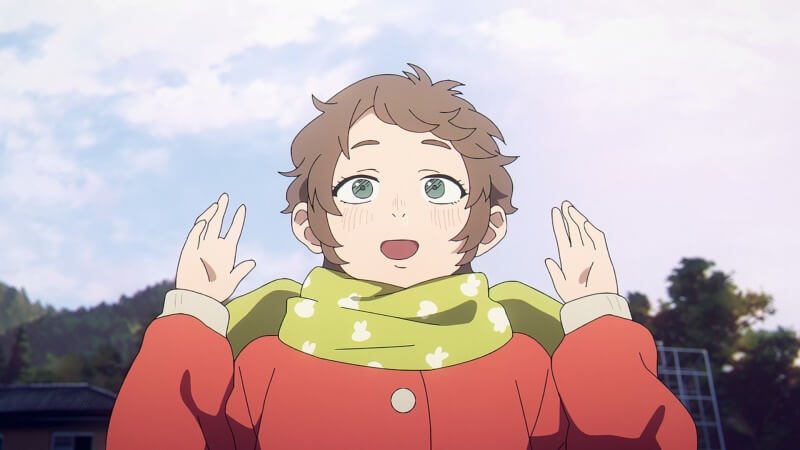
-

-

-

-

-

-

-

-

-

-

-

-

-

-

-

-

-

-

-

-

-

-

-

-

-

-

-

-

-

-

-

-

-

-

-

-

-

-

-

-

